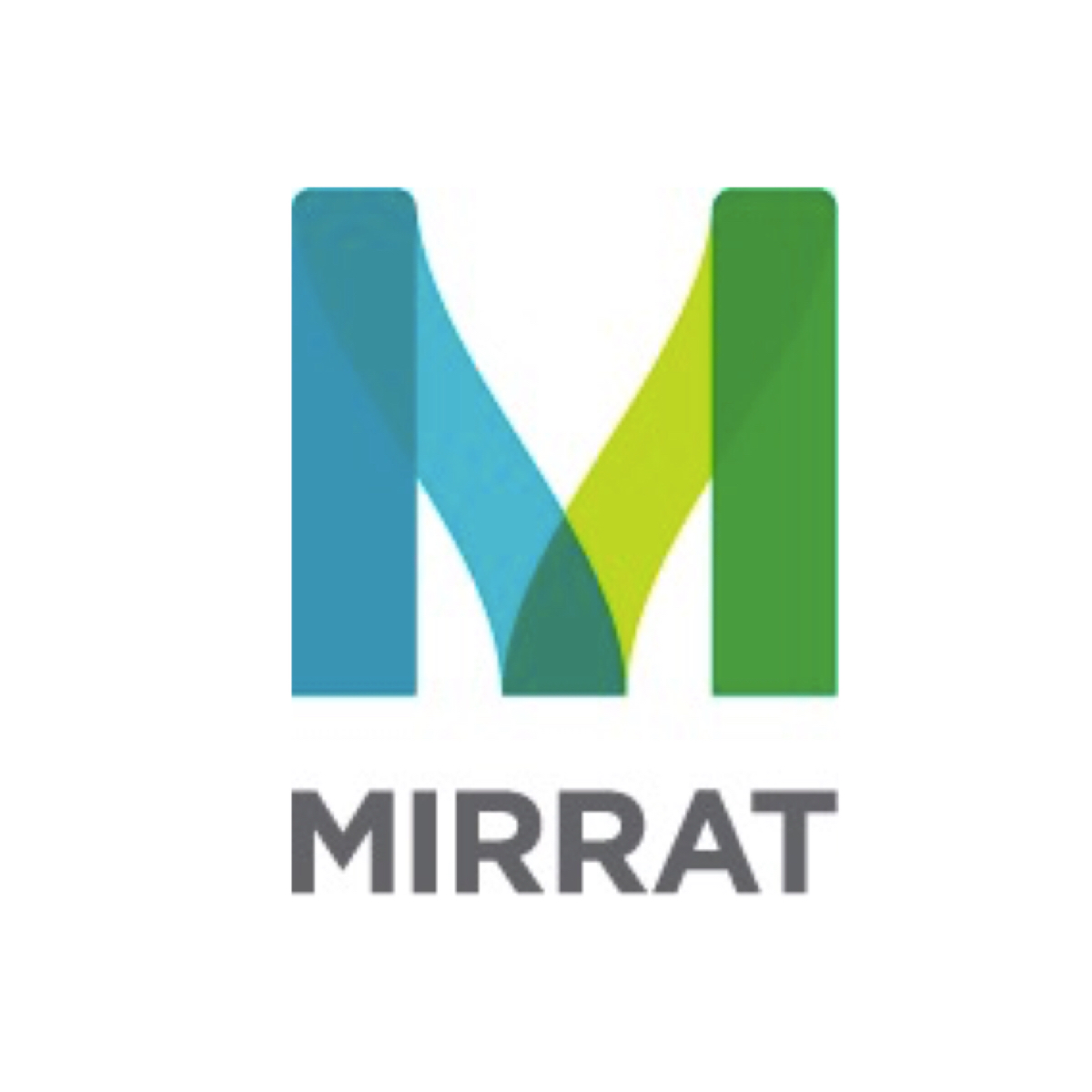Title Page
-
Client / Site
-
Conducted on
-
Prepared by
-
Location
-
Personnel
Theory Assessment
-
If you noticed a crack in the heel of a fork arm would you try and repair it yourself?
-
Where must the 33t fork be parked after each shift?
-
What precautions should be taken by the operator when a leak in the fuel system is Suspected or detected?
-
If you cannot see in the direction of travel what must you do?
-
When travelling down a ramp, which way should you have the load facing?
-
A tyre is found to have low pressure. When would you attend to this problem?
-
Is it ok to store extra items on the 33t forklift like lashings, rubber mats or chocks?
-
When unloading a truck what do you need to explain to the truck driver about stand down zones?
-
Is it ok for people to sit on the side of the 33t forklift when you are operating?
-
What direction must the load Face when travelling up a ramp with the 33t forklift?
-
Why is it unsafe to turn a forklift truck when it is on a ramp or sloping surface?
-
When should the 33t forklift seat be swivelled and how do you decide which direction is most suitable?
-
When lifting an unbalanced load with one end heavier than the other, which end should be against the heel of the fork arms?
-
Do the doors and windows need to be closed on the unit when not in use?
Practical Assessment
-
Prestart check completed
-
Gets into vehilce with 3 points of contact
-
Fastens seatbelt
-
Demonstrates correct start up procedure
-
Looks in direction of travel before the forklift truck moves and path is clear
-
Maintains a safe distance from other vehicles
-
Assesses the weight of a load before lifting
-
Travels at safe speed and knows the speed limit in th warehouse and onsite
-
Travels in reverse if load obscures forward vision, and must constantly look in the direction of travel.
-
Where fitted, fork arms must be below front axle height. With other fittings, bottom of load is at axle height and/or high enough to clear obstacles.
-
During travel, the mast is tilted back slightly to ensure the load is laying towards the load backrest or carriage. The load must remain correctly positioned on the attachment.
-
Travels at a safe speed and maintains safe control of forklift.
-
Parks equipment in a suitable location away from danger areas
-
Lowers fork arms/attachments to ground
-
Appropriate gear, relevant to the forklift transmission type, is selected when parking vehicle
-
Applies parking brake
-
Can you explain how to find and interpret the forklift load chart plate?
-
Engine/power is turned off correctly without E-Stopping
-
Lifts completed as part of the VOC
Assessment Summary
-
Log book photos
-
Photo of High Risk Work Ticket
-
Verified as competent at time of assessment?
-
Trainee signature
-
Trainer signature verifying competence






